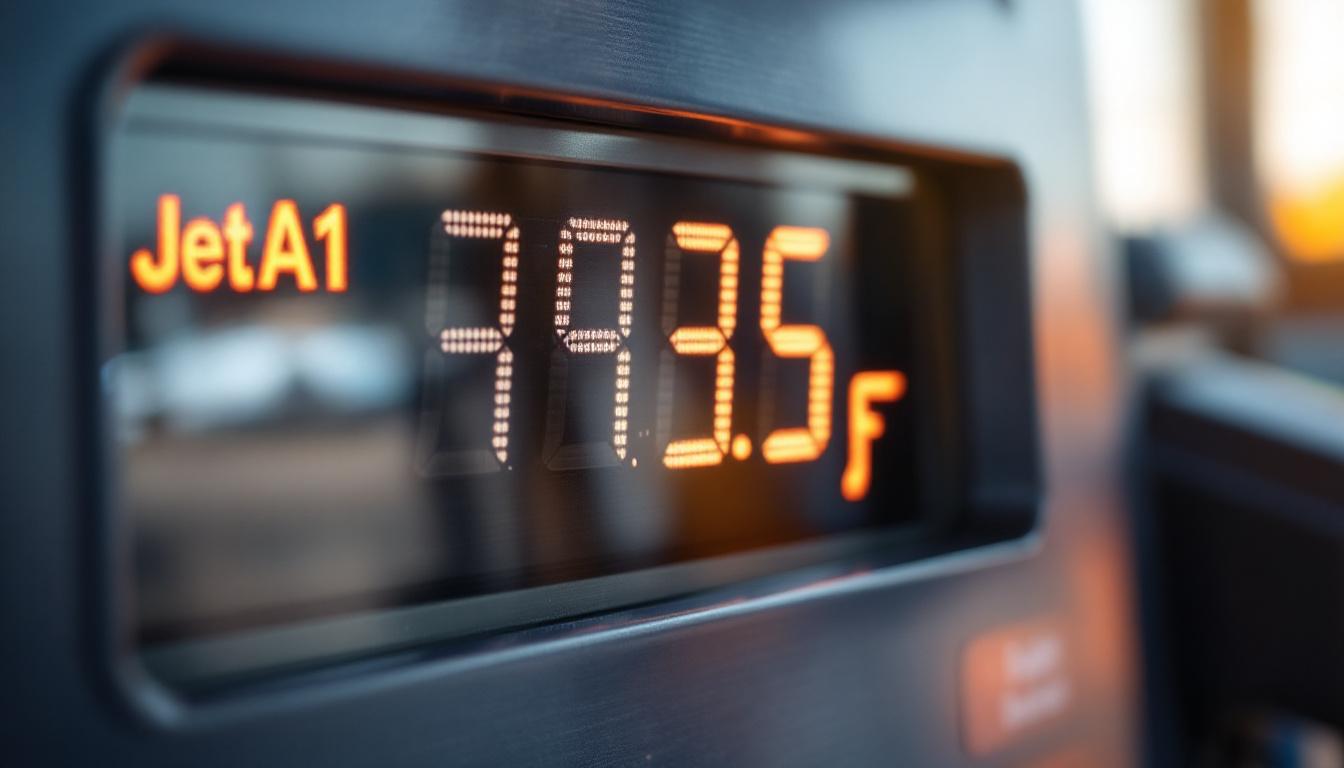
Current Jet A1 Fuel Prices: Market Trends
At GLOBAL TERMINAL NETHERLANDS B.V, we closely monitor Jet A1 fuel prices and market trends. The aviation industry’s lifeblood, Jet A1 fuel, has seen significant price fluctuations recently.
Understanding these changes is vital for airlines, fuel buyers, and industry stakeholders. This post examines current Jet A1 fuel price trends, geopolitical impacts, and future projections to help you navigate the complex fuel market landscape.
What’s Driving Jet A1 Fuel Prices?
The Jet A1 fuel market experiences significant volatility, with prices fluctuating across key global markets. As of January 12, 2025, the average price of Jet A1 fuel in the United States stands at $88.3 per barrel ($2.102 per gallon). This price point represents a slight increase from the previous month, reflecting broader market trends in fuel pricing.
Regional Price Variations
Price disparities exist across different regions. While U.S. prices remain relatively stable, European markets show higher volatility. The Jet A1 FOB Rotterdam price, for instance, is reported at $8 per barrel for fuel originating from Russia. This stark difference highlights the impact of geopolitical factors on regional pricing.
Factors Influencing Price Fluctuations
Several key factors drive these price movements:
- The ongoing conflict in Eastern Europe disrupts traditional supply chains, leading to increased prices in some markets.
- The gradual recovery of global air travel post-pandemic increases demand, putting upward pressure on prices.
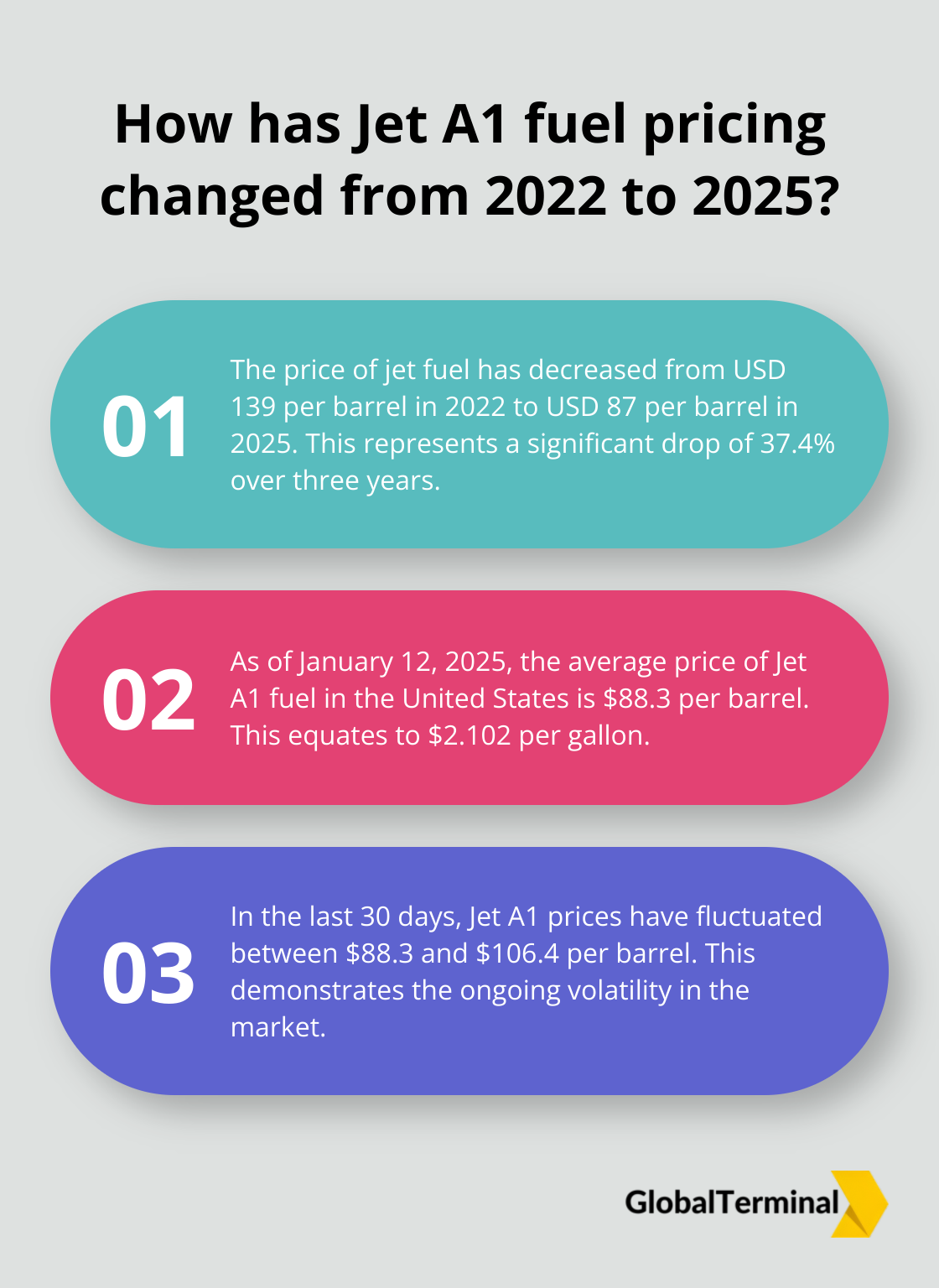
Currently, the price of jet fuel has dropped from USD 139 per barrel in 2022 to USD 87 per barrel assumed for 2025, according to IATA.
Historical Context and Future Outlook
Jet A1 prices have shown considerable volatility over the past year. Prices ranged from $88.3 to $106.4 per barrel in the last 30 days alone. This volatility underscores the importance of staying informed about market trends for stakeholders in the aviation industry.
The global jet fuel market is projected to grow significantly, with estimates suggesting it will reach $329.99 billion by 2030 (growing at a CAGR of 11.07%). This growth trajectory indicates potential for continued price fluctuations in the coming years.
Emerging Trends Affecting Prices
The shift towards sustainable aviation fuels (SAF) begins to impact the market. While currently more expensive than traditional Jet A1, increased adoption of SAF could potentially stabilize prices in the long term by reducing dependence on volatile fossil fuel markets.
For fuel buyers and aviation industry stakeholders, staying abreast of these trends is essential. Utilizing real-time market data and reports from trusted sources (like S&P Global and IATA) can provide valuable insights for strategic decision-making in this dynamic market environment.
As we move forward, it’s important to consider how geopolitical events further shape the Jet A1 fuel market. These factors often create ripple effects that extend far beyond regional boundaries, influencing global pricing structures and supply chains.
How Global Events Shape Jet A1 Prices
Geopolitical events significantly influence Jet A1 fuel prices, creating a complex landscape for aviation industry stakeholders. These events ripple through the global fuel market, affecting supply chains and pricing structures.
The Domino Effect of Regional Conflicts
The ongoing conflict in Eastern Europe has disrupted traditional fuel supply routes, leading to price spikes in certain markets. Throughout July, sustainable aviation fuel and renewable diesel/HVO prices saw mixed movements alongside general increases in feedstock. This price point diverges notably from the U.S. average, highlighting the localized impact of geopolitical tensions.
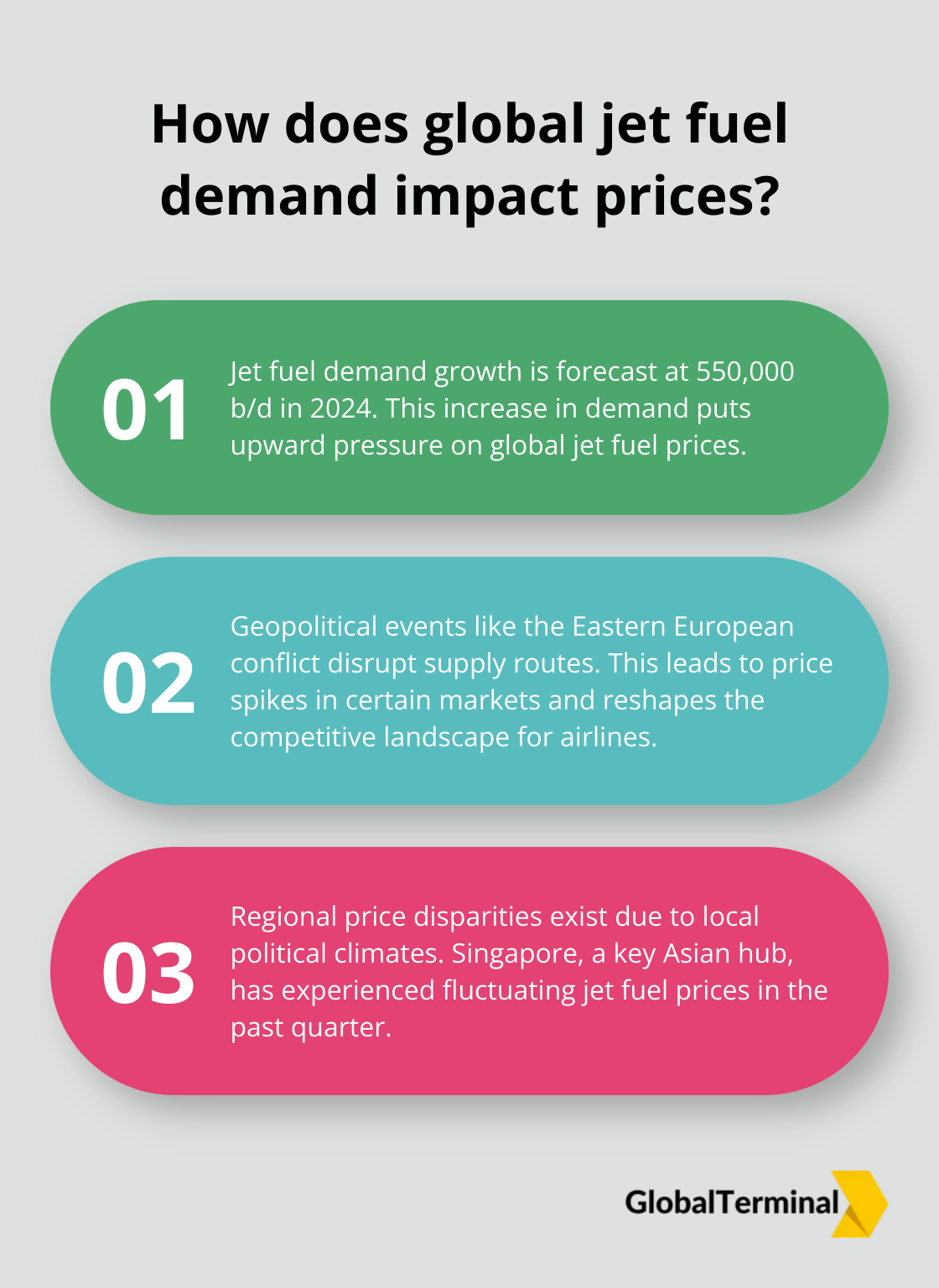
These disruptions have reshaped competitive landscapes in the airline industry. Some carriers must reroute flights, which increases fuel consumption and operational costs. This situation underscores the importance of diversified fuel sourcing strategies to mitigate risks associated with regional instabilities.
Trade Agreements: A Double-Edged Sword
Recent trade agreements have had mixed effects on Jet A1 pricing. The U.S.-China Phase One trade deal has eased some tensions in the global market. However, it has also led to increased demand for jet fuel in certain regions, putting upward pressure on prices.
These trade dynamics have contributed to changes in global average jet fuel prices. The main driver of oil demand growth since 2021, average global annual jet/kerosene demand growth is forecast at around 550,000 b/d in 2024. For fuel buyers, this translates to a need for more agile procurement strategies and potentially longer-term contracts to hedge against short-term price volatility.
Regional Disparities: More Than Just Geography
Political factors create significant regional price disparities in the Jet A1 market. While U.S. prices remain relatively stable, markets in Asia and the Middle East show greater volatility due to local political climates and regulatory environments.
Jet fuel prices in Singapore (a key Asian hub) have fluctuated in the past quarter. This volatility presents both challenges and opportunities for fuel buyers operating in these regions.
To navigate these complex market dynamics, stakeholders should consider diversifying their fuel sourcing strategies and leveraging the expertise of specialized fuel storage and logistics providers. Strategic locations in key global ports offer flexibility and reliability in fuel storage and transportation, which helps to mitigate the impacts of geopolitical events on fuel supply chains.
The interplay between geopolitical events and Jet A1 prices will continue to shape the aviation fuel landscape. Understanding these dynamics is essential for developing robust fuel management strategies in an ever-changing global market. As we look towards the future, it becomes increasingly important to consider how these trends might evolve and what new factors could emerge to influence Jet A1 fuel prices in the coming months and years.
What’s Next for Jet A1 Fuel Prices?
The Jet A1 fuel market will likely experience significant shifts in the coming months. Current trends and industry forecasts indicate a moderate decrease in prices over the next 6-12 months. The International Air Transport Association (IATA) projects that jet fuel prices will average around $87 per barrel in 2025, down from $99 per barrel in 2024.
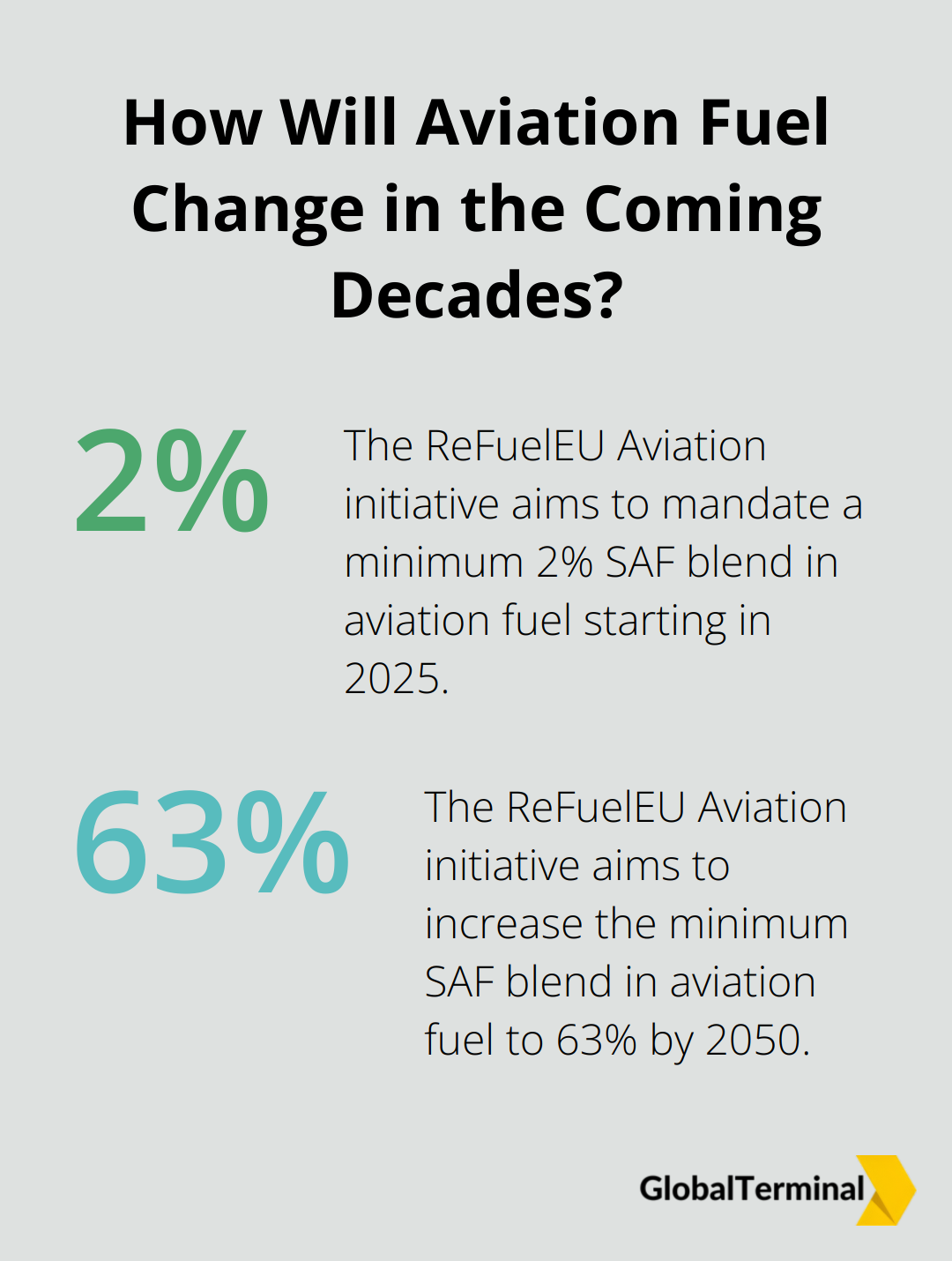
Several factors contribute to this projected decrease. The ongoing recovery of global air travel will boost demand for jet fuel. IATA forecasts that global passenger traffic will surpass pre-pandemic levels by 2024, but this doesn’t seem to be putting upward pressure on fuel prices. Additionally, geopolitical tensions in key oil-producing regions could lead to supply constraints, but this doesn’t appear to be driving up prices in the near future.
The Rise of Sustainable Aviation Fuel
Sustainable Aviation Fuel (SAF) rapidly gains traction in the aviation industry. While currently more expensive than traditional Jet A1, increased production and adoption of SAF could potentially stabilize long-term fuel prices by reducing dependence on volatile fossil fuel markets.
Major airlines have already committed to significant SAF usage (United Airlines aims to use 10% SAF by 2030). This shift will likely influence traditional Jet A1 pricing as demand patterns evolve. Fuel buyers should closely monitor SAF developments and consider incorporating it into their long-term procurement strategies.
Regulatory Changes on the Horizon
Upcoming regulatory changes will likely impact Jet A1 fuel prices and availability. The International Civil Aviation Organization (ICAO) has set ambitious goals for reducing aviation emissions, which could lead to increased costs for traditional jet fuel through carbon pricing mechanisms.
In the European Union, the ReFuelEU Aviation initiative aims to mandate a minimum SAF blend in aviation fuel, starting at 2% in 2025 and increasing to 63% by 2050. Similar regulations are under consideration in other regions. These changes will likely increase overall fuel costs in the short term but may drive innovation and efficiency in the long run.
Strategies for Navigating Future Price Trends
Fuel buyers and aviation stakeholders must adapt to these evolving market conditions. We recommend:
- Diversify fuel sourcing strategies to mitigate risks associated with regional price fluctuations.
- Explore long-term contracts with fuel suppliers to hedge against short-term price volatility.
- Invest in fuel-efficient aircraft and operations to offset potential price increases.
- Stay informed about SAF developments and consider early adoption to gain a competitive edge.
The Jet A1 fuel market continues to evolve, and staying ahead of these trends will prove essential for operational efficiency and cost management in the aviation industry. The coming months promise both challenges and opportunities in the jet fuel landscape, requiring agility and foresight from all industry players.
Final Thoughts
The Jet A1 fuel market remains dynamic, with prices currently averaging $88.3 per barrel in the United States. This figure represents a slight increase from previous months, reflecting broader market trends. IATA forecasts an average Jet A1 fuel price of $87 per barrel in 2025, suggesting a moderate decrease over the next 6-12 months.
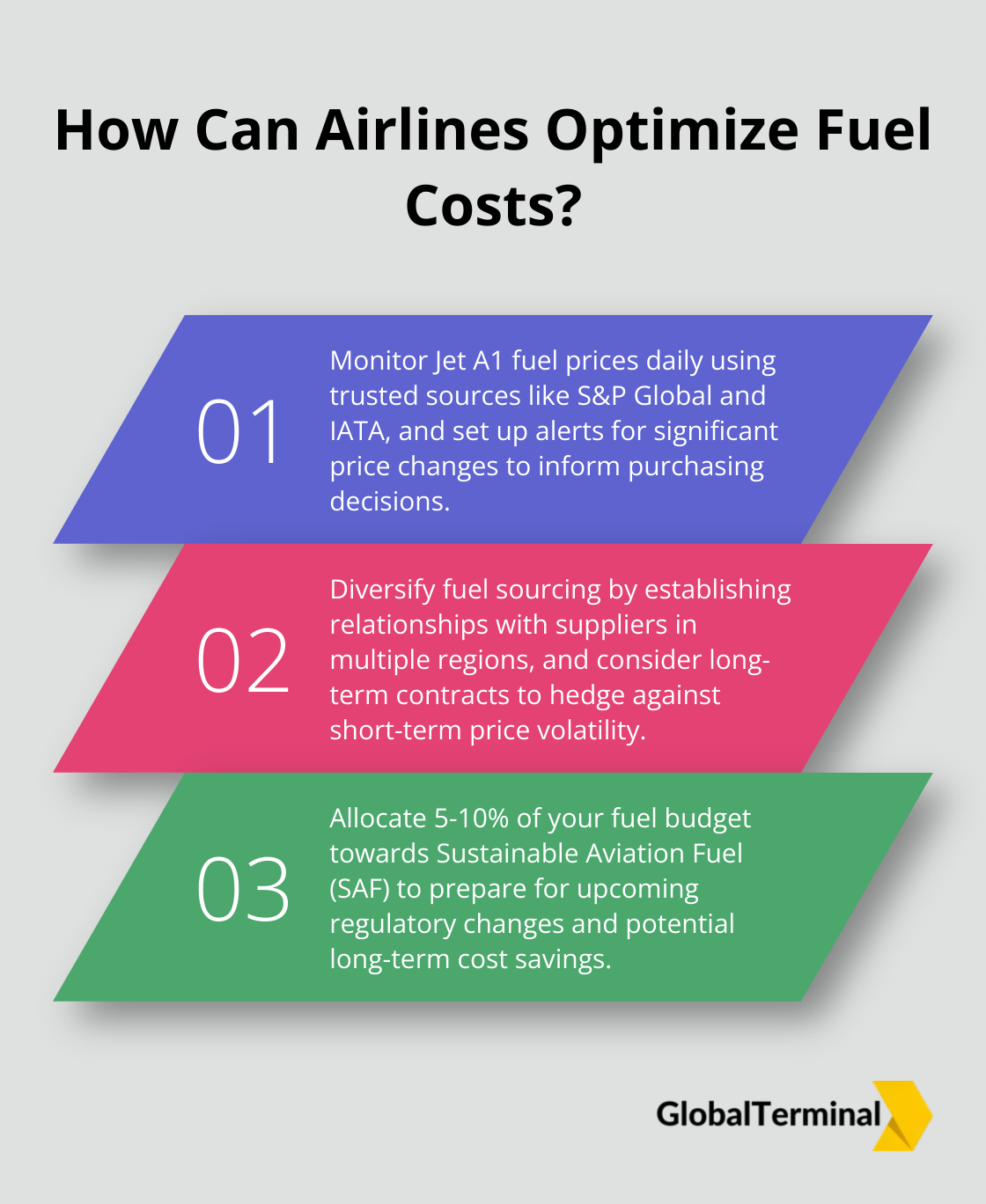
These trends underscore the need for adaptive strategies in the aviation industry. Fuel buyers and stakeholders should consider diversifying their sourcing, exploring long-term contracts, and investing in fuel-efficient operations. The rise of Sustainable Aviation Fuel (SAF) and upcoming regulatory changes (such as the EU’s ReFuelEU Aviation mandate) will likely impact Jet A1 fuel prices and availability.
At Global Terminal Netherlands B.V., we offer reliable fuel storage and logistics services to help navigate these market dynamics. Our strategic locations in key global ports, combined with advanced facilities, provide the flexibility needed to adapt to changing Jet A1 fuel prices. Partnering with experienced providers becomes increasingly valuable for optimizing operations and managing costs in the evolving aviation industry.


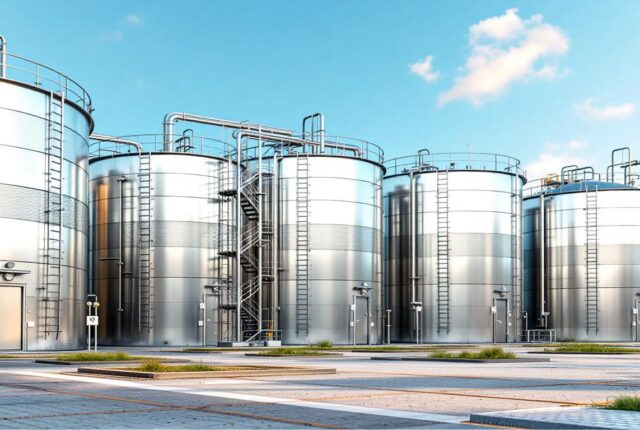


Leave a Reply